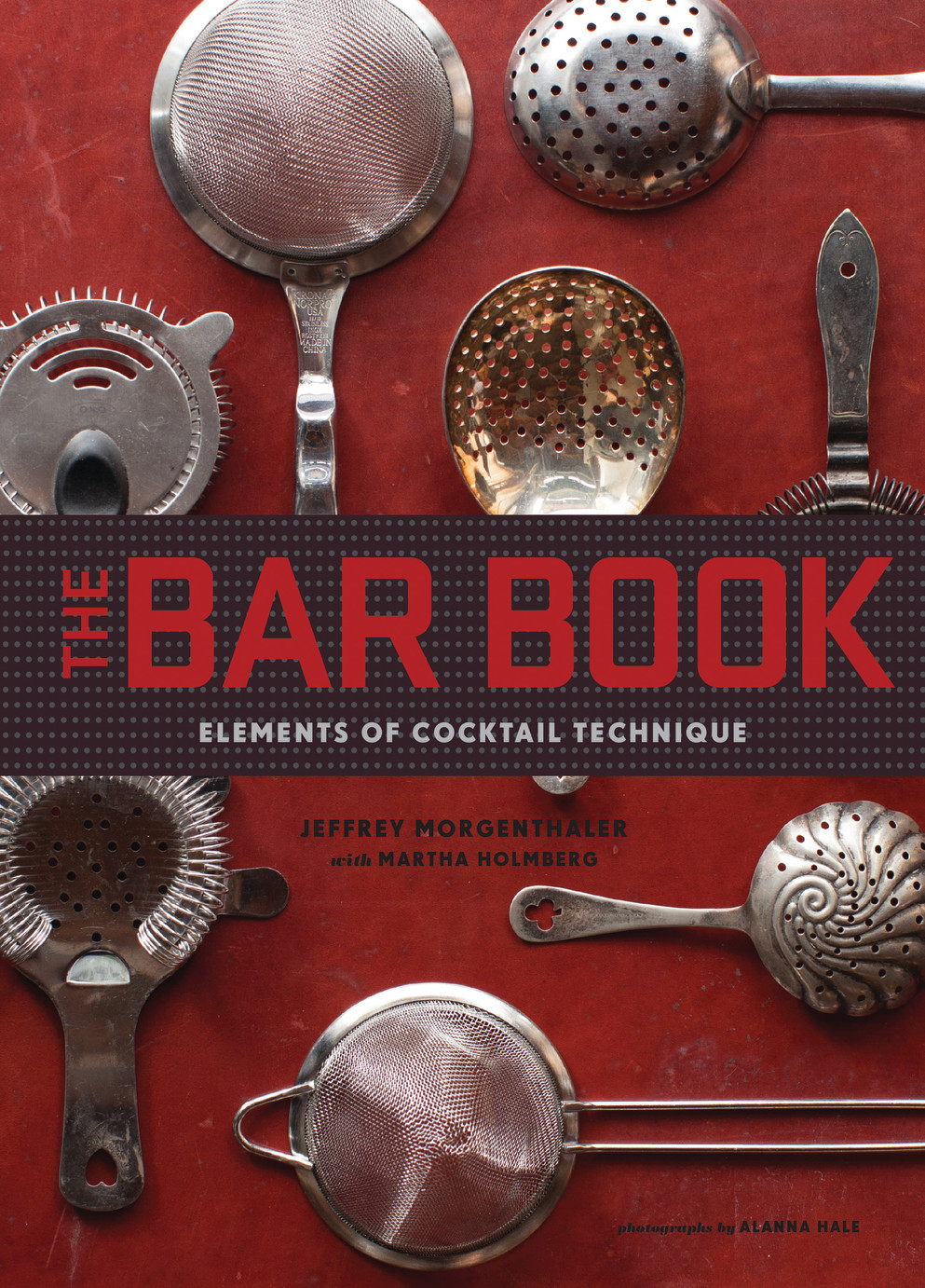In honor of Miss Ann Mason, who won me over with the promise of a friendly bartender serving "bigger than normal" rum and cokes when we first met, this month's drink features Cachaça, the Brazilian evil twin to Caribbean rum (Ann, we'll do something Christmas-y next month, I promise). Like rum, Cachaça is made from sugarcane. However, unlike rum, which is usually made from molasses (processed sugarcane), Cachaça is made from fresh sugarcane juice which is then fermented and distilled. The liquor has many colorful nicknames in Brazil, including "heart-opener" and "tiger breath" (as well as "eye wash," which is less flattering).
 The Caipirinha is the most ubiquitous Cachaça beverage. Its name roughly translates as "little hillbilly," but the term is somewhat archaic - the term is much more commonly associated with the drink than any social classes. It is an extremely simple drink to make, featuring only four ingredients - ice, lime, sugar and Cachaça. The artistry in this drink comes in finding the correct proportions and in the technique used to prepare and muddle the lime, and finding the correct (fresh) ingredients. The classic IBA recipe calls for brown sugar , but most bartenders use white superfine sugar.
The Caipirinha is the most ubiquitous Cachaça beverage. Its name roughly translates as "little hillbilly," but the term is somewhat archaic - the term is much more commonly associated with the drink than any social classes. It is an extremely simple drink to make, featuring only four ingredients - ice, lime, sugar and Cachaça. The artistry in this drink comes in finding the correct proportions and in the technique used to prepare and muddle the lime, and finding the correct (fresh) ingredients. The classic IBA recipe calls for brown sugar , but most bartenders use white superfine sugar.Here is the recipe for the Caipirinha:
Begin with 1/2 of a lime cut into four quarters (lengthwise) in an Old Fashioned glass. Top with 2 heaping
teaspoons of superfine sugar (or try out brown sugar if you wish). Muddle the lime and sugar together.* Top with 2 ounces of Cachaça, and then add crushed ice to fill the glass. No garnish is needed.
*I'm currently reading through bartender Jeffrey Morgenthaler's "The Bar Book" which places a premium on technique, so I will follow his admonition about muddling:
Cut your [limes] into quarters... put the citrus in your glass, preferably peel side up, and then add the sugar. Work the cirtus by pressing and twisting it with the muddler, grinding the sugar into the peel. The sugar acts as an abrasive and helps liberate the citrus oils and juice. As the juice is released, it will form a syrup with the sugar. Press and twist until you see a nice syrup forming and you smell the fragrance of citrus zest. A good bartender uses every sense, and your sense of smell is one of the most critical tools (p. 235).
 Morgenthaler's book is really great. He claims this is one of the first books that focuses not on recipes or ingredients, but on bar technique, and he goes into extreme detail - his whole first chapter is on how to select and prepare citrus (for instance, limes should always be cut across the "equator" - in between the stem and the nubbin. He also tells us that there is absolutely no difference in juice production between room temperature and refrigerated limes. Who knew?). I highly recommend the book, and I hope to have another post up this month after digging deeper into his work - he is also featured in my July issue of Imbibe magazine, so I'm excited to keep reading!
Morgenthaler's book is really great. He claims this is one of the first books that focuses not on recipes or ingredients, but on bar technique, and he goes into extreme detail - his whole first chapter is on how to select and prepare citrus (for instance, limes should always be cut across the "equator" - in between the stem and the nubbin. He also tells us that there is absolutely no difference in juice production between room temperature and refrigerated limes. Who knew?). I highly recommend the book, and I hope to have another post up this month after digging deeper into his work - he is also featured in my July issue of Imbibe magazine, so I'm excited to keep reading!I hope you enjoy your Caipirinha (with your properly muddled limes of course)!

